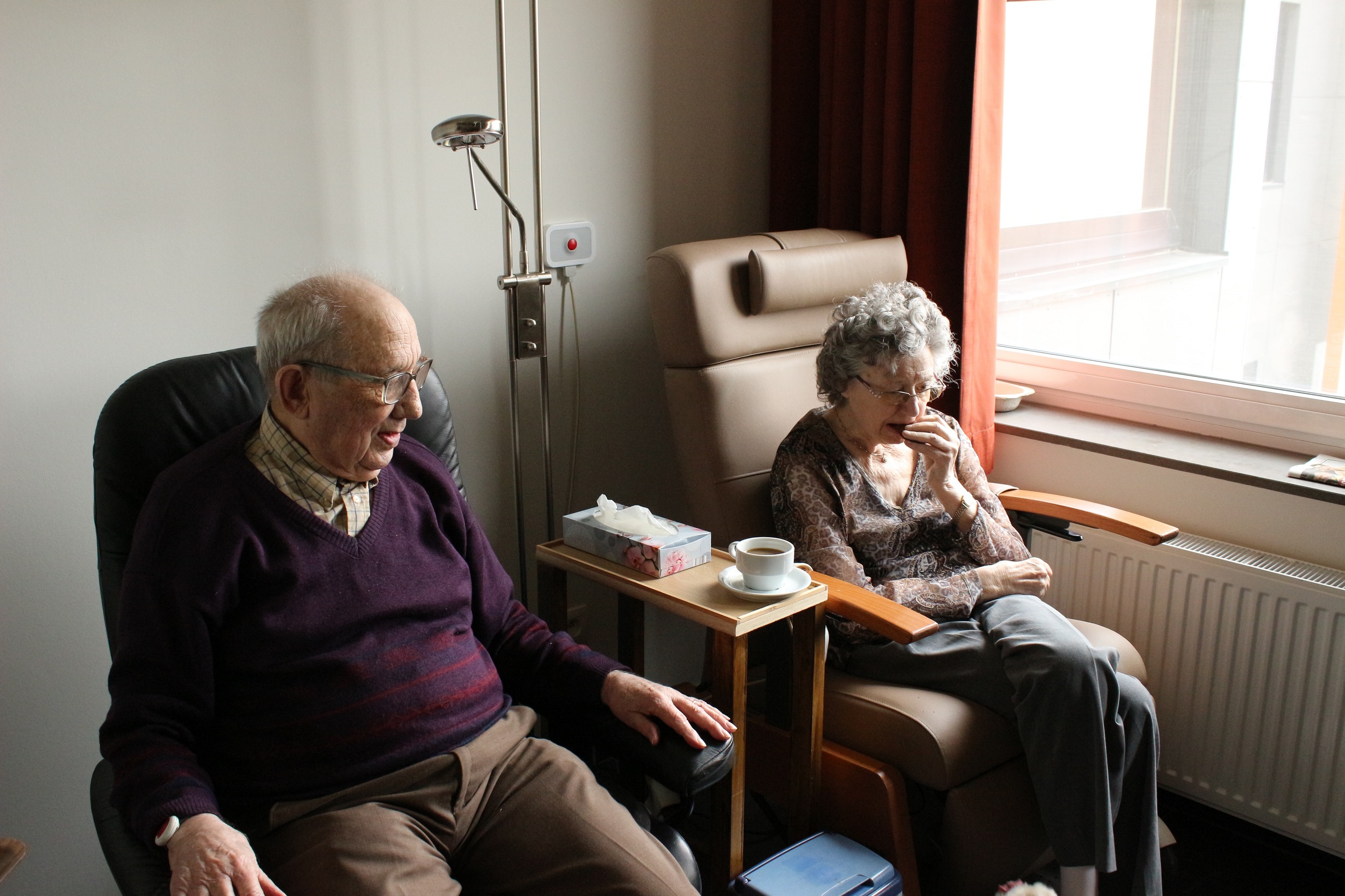The importance of having your green sleeve

Photo by Elien Dumon - Accessed on Unsplash
Agency is one of the most important factors in an individual’s mental and personal well-being.
Having control over situations is what allows us to act on our own agency: the ability to have our wishes met and followed through.
We’ve all experienced times when it felt as if we weren’t being heard and our desires weren’t being considered; it’s beyond frustrating.
That’s why the Government of Alberta has developed the green sleeve program: a personal passport of documents to ensure your wishes and desires are adhered to when it comes to your medical treatment.
The green, plastic folder was a program initiated by the Calgary region in 2008, and quickly went provincial in 2014 according to Alexandra Kushliak, an education consultant regarding advance care planning for Alberta Health Services.
“It holds all your advanced care documents,” Kushliak explained. “Your personal directives, goals of care: items which tell health care providers what care you want.”
It’s also one of the few pieces of medical documentation that patients may take home with them: the individual patient has access to their original documents and the green sleeve travels with them, whether it’s to an appointment with their physician or a visit to the emergency room.
“People do receive a green sleeve when they are discharged from the hospital, so it’s important they understand the documents within,” Kushliak said. “When they go to their health care provider, they should be bringing it with them.”
A green sleeve holds copies of one’s personal directives, goals of care designation, and a tracking record.
A personal directive helps an individual to have important healthcare decisions made according to their even when they aren’t able to communicate. It names one or more people you trust to make personal and healthcare decisions for you, and they’ll only be able to do so if you can’t make those decisions yourself due to injury or illness.
The goal of care designation is a medical order, written by a doctor or nurse practitioner after discussion with the patient. It helps healthcare professions quickly know your goals of care and to act appropriately with the level of treatment you desire.
Now, not every individual necessarily requires a green sleeve, but if you’re at some point in the trajectory of a disease or chronic health care issues, these documents will ensure that your wishes are carried out to the letter.
“If something happens in the home and family, or emergency services are to be called… they’ll know exactly what kind of care to be giving,” Kushliak said.
Without a green sleeve, as a default, emergency services will do everything in their power in terms of full care. This could include CPR, resuscitation, breathing tubes and intensive care.
For some individuals, this might go against their wishes, according to Kushliak: for example, CPR not only may not work on them, but it might cause further damage, potentially breaking ribs.
“It may not be the outcome you want,” she said.
To obtain a green sleeve, you can go onto the Alberta Health Services website and have one mailed to your home. From there, it’s a matter of setting up an appointment with your physician to discuss your advanced care plans. It’s recommended that you let your physician know the reason for your visit.
“It’s so the family physician can prepare and have those discussions with them,” Kushliak said.
Beyond just the concept of green sleeves, however, Kushliak recommended that everyone over the age of 18 begin to think about having a conversation about personal directives and advanced care planning.
“Everyone should have a personal directive,” she said. “Even if you’re someone’s husband or wife, you can’t make end-of-life decisions.”
“A lot of people say, ‘oh I’m young, I don’t need that’ but would your family know what kind of care you wanted? … It’s a gift for yourself so that your wishes will be fulfilled, and a gift for your family so that they know what to do.”
Kushliak also commented that personal directives are different from a will or an enduring power of attorney: these will only be responsible for your wealth and assets.
The third document, a personal directive, is often done at the same appointment where wills and enduring powers of attorney are discussed. Often times, individuals have had all three documents done at once and may not have realized it.
“People should really look at the documents and see what their personal directives say and if it’s in line with what they want,” Kushliak said.
